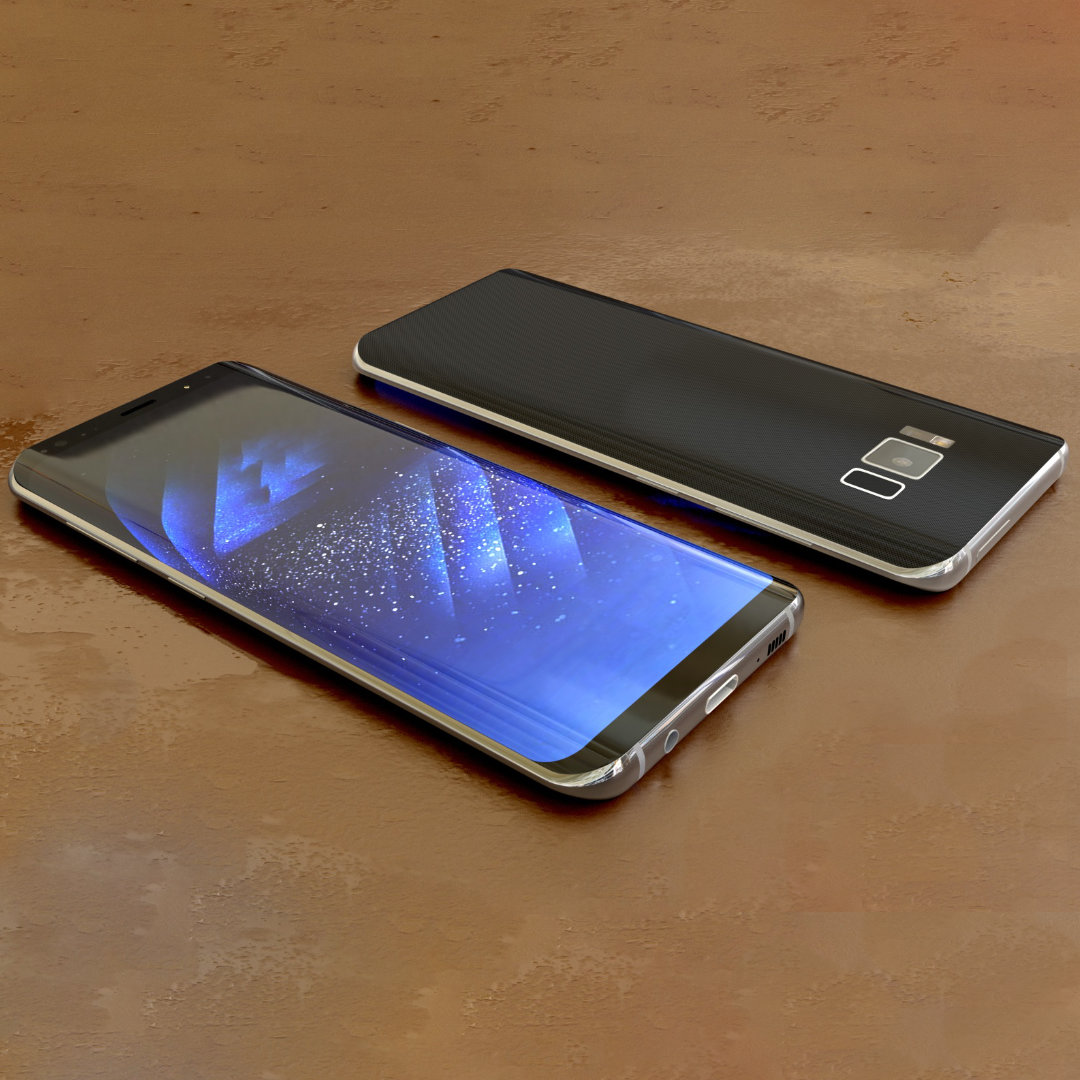Cellphones: Practical Overview of Modern Features and Choices
Cellphones are central to daily life, combining communication, content, and tools in a compact device. As mobile networks, apps, and hardware advances converge, understanding how smartphones fit personal and professional needs helps people make informed choices. This article explains core features, the role of major makers such as Apple, and practical guidance for selecting a device.

What defines the modern smartphone?
A modern smartphone blends a mobile operating system, touchscreen interface, and connectivity such as 4G/5G, Wi‑Fi, and Bluetooth. Key components include the system-on-chip (SoC) for processing, integrated graphics for media, and cameras with multiple sensors. Software—apps, cloud services, and security updates—shapes daily use as much as hardware. Durability, battery capacity, and repairability are increasingly considered alongside performance and camera quality when people assess a phone’s overall value.
How has Apple influenced mobile design?
Apple’s iPhone shifted industry expectations around touch interfaces, app ecosystems, and device integration. The iPhone emphasized a smooth, cohesive experience between hardware and software, encouraging other manufacturers to prioritize responsive touchscreens, polished app stores, and frequent software updates. Apple has also pushed certain design trends—such as minimizing physical buttons and emphasizing camera systems—that many competitors adopted. For users, this influence means clearer choices: some prefer the tightly integrated Apple ecosystem, while others opt for alternatives that prioritize customization or different price points.
How does the iPhone compare with other smartphones?
Comparing the iPhone with other smartphones involves more than raw specs. iPhone devices run iOS, which tends to emphasize privacy controls, consistent update schedules, and a curated App Store environment. Android-based phones, offered by many manufacturers, provide wider hardware variety, a broader range of price points, and different approaches to customization. Hardware differences include chip designs, camera setups, and display technologies. Users who prioritize seamless synchronization with specific services or devices may find one platform more convenient; those who value choice and flexibility may prefer the variety available across Android phones.
What technology drives battery life and performance?
Battery life and performance rely on several interrelated technologies. Modern SoCs integrate CPU and GPU cores, specialized neural engines for AI tasks, and power management features to balance speed and efficiency. Battery chemistry—typically lithium‑ion—paired with software optimization determines usable time between charges. Display technology (OLED vs. LCD), resolution, and refresh rate also affect consumption. Charging technologies include wired fast charging and wireless options; some devices support reverse wireless charging. Network technology, especially 5G, can increase power demands, so efficient radios and adaptive power management play a key role.
How to choose mobile features for daily use?
Selecting a mobile device starts with identifying daily priorities: camera quality, battery life, software updates, or ecosystem compatibility. If photography is central, compare sensor sizes, image processing, and low‑light performance. For long days away from outlets, prioritize larger batteries and energy efficient processors. Consider software support—how many years of updates are provided—and local services for repair or warranty in your area. Factor in storage needs, repairability, and accessory ecosystems like cases and chargers. Reading third‑party reviews and checking hands‑on time at a store can reveal practical strengths and limits.
Conclusion
Cellphones now serve as communication hubs, entertainment centers, and productivity tools, shaped by hardware advances and software ecosystems. Understanding the components that define performance, how Apple’s approach compares with other manufacturers, and the technological tradeoffs behind battery life and features helps people choose devices that match real needs. Whether you prioritize camera systems, long battery life, or a particular operating environment, balancing specs with software support and local services will lead to a more satisfactory mobile experience.






